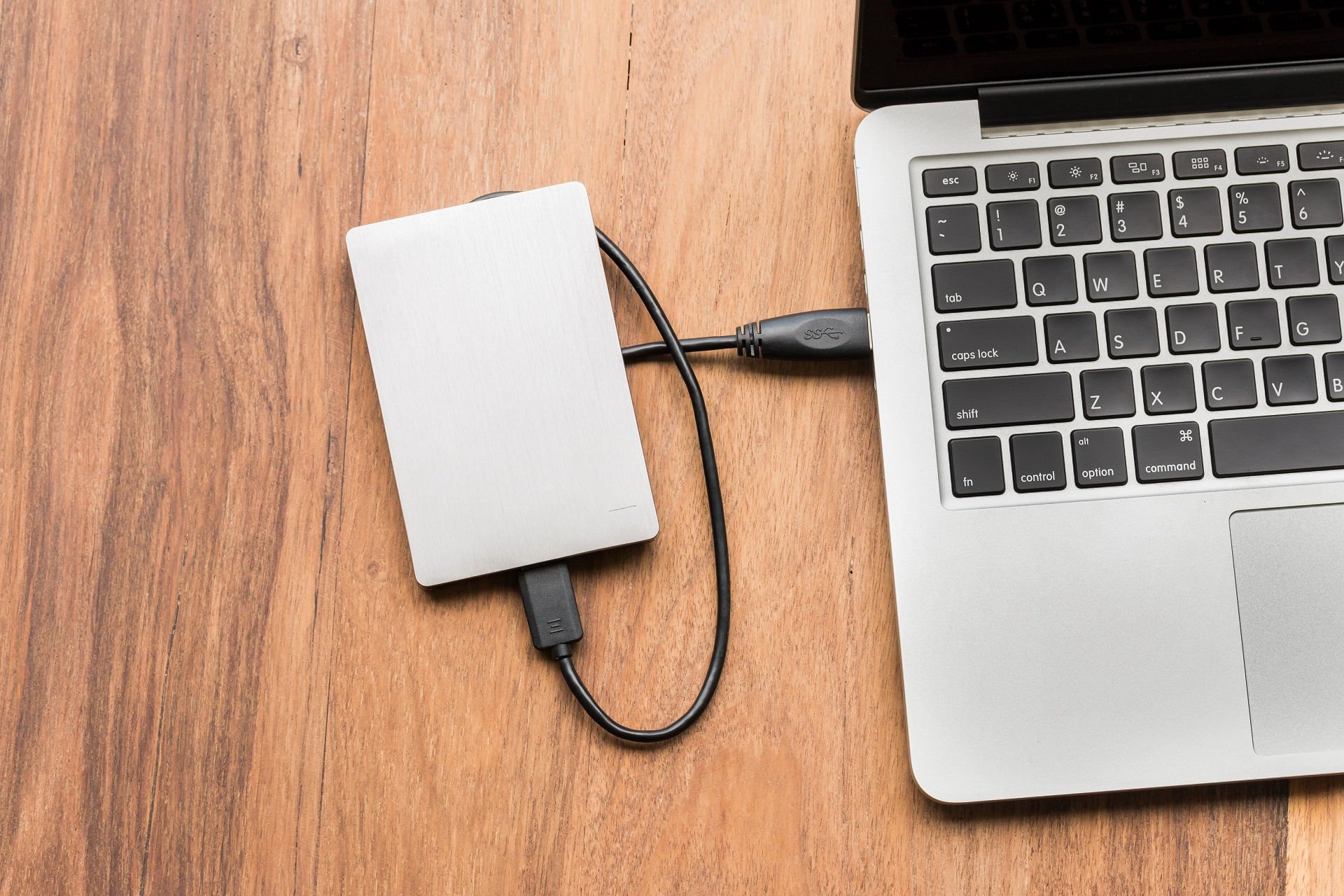

- #A DISK FORMAT MAC AND WINDOWS CAN RECOGNIZE HOW TO#
- #A DISK FORMAT MAC AND WINDOWS CAN RECOGNIZE FOR MAC#
- #A DISK FORMAT MAC AND WINDOWS CAN RECOGNIZE MAC OS X#
- #A DISK FORMAT MAC AND WINDOWS CAN RECOGNIZE WINDOWS 10#
To put it simply, if you want to share external hard drive between Mac and PC, you need to format an external hard drive for Mac and PC.Ĭurrently, hard drives for Windows PC are always formatted with NTFS, while hard disks for Mac are formatted with HFS+. Why Need to Format External Hard Drive for Mac and PC

Actually, most external hard disks could be compatible with Mac and PC as long as you format them correctly. Well, is there an external hard drive that could be shared between Mac and Windows PC? Of course, there is.
#A DISK FORMAT MAC AND WINDOWS CAN RECOGNIZE HOW TO#
#A DISK FORMAT MAC AND WINDOWS CAN RECOGNIZE MAC OS X#
Enable file sharing between Mac OS X host and Virtual Machines, would allow you to copy files from Mac into NTFS files system. You will have all access to write and read files on this partition. With any luck your Windows NTFS formatted Drive should show up in your Virtual Machine’s Windows OS.įrom there you can treat this as any normal hard drive / partition.
#A DISK FORMAT MAC AND WINDOWS CAN RECOGNIZE WINDOWS 10#
Now Power On your virtual machine from Parallels, in my case, I have Windows 10 running. For some reason, if you have that checked, I’m not able to get this to work after power on the virtual machine.īefore Power On your virtual machine., go to your Disk Utility > (I’m running the latest Mac OS X El Capitan Developer preview, it could look different if you are running this on older Mac) ensure to Unmount the actual partition(s)Īfter the partition ejected from Mac, you should see the NTFS drive grey’d out. Make sure to uncheck Connected, check box for the newly added Hard Disk. Select OK to finish adding the Hard Disk. When prompt for the type, select “Boot Camp”Īt this point if you already have the external USB plugged in, it should recognize and populate the drive for you under Location.

Under Hardware Tab, you need to add a new hard disk. Now before you start up your Windows Virtual Machine, go to Configure > Devices (tab) to make sure you are selecting “Ask me what to do” when a new external device is detected. In this case, assuming you have an external USB drive with NTFS file format using Parallels and a running Windows virtual machine you can write files to NTFS file format straight from your Mac.įirst, make sure Parallel’s preference is set to allow you pick and choose which OS to point to when you plugin your USB drive. How To Leverage Parallels To Write Files to NTFS File System Drive Since Parallels doesn’t have a straightforward documentation explaining how to do this, I will take this opportunity to share with you.

After all, if you are running a Windows Virtual Machine on your Mac, you should be allowed to write files to NTFS. This guide will leverage Parallels and Windows VM/ Bootcamp as a bridge to allow user perform write operations to NTFS file format drives. There are many ways you can overcome this limitation if what you need is not only to read files from NTFS, which Mac OS X supports natively out of the box. While some of this are due to technical limitations, majority of the reasons are bounded by the business decisions not supporting the most popular Windows file system format, NTFS. Mac does not allow write files to NTFS file format drive, it has been like this for many years.


 0 kommentar(er)
0 kommentar(er)
